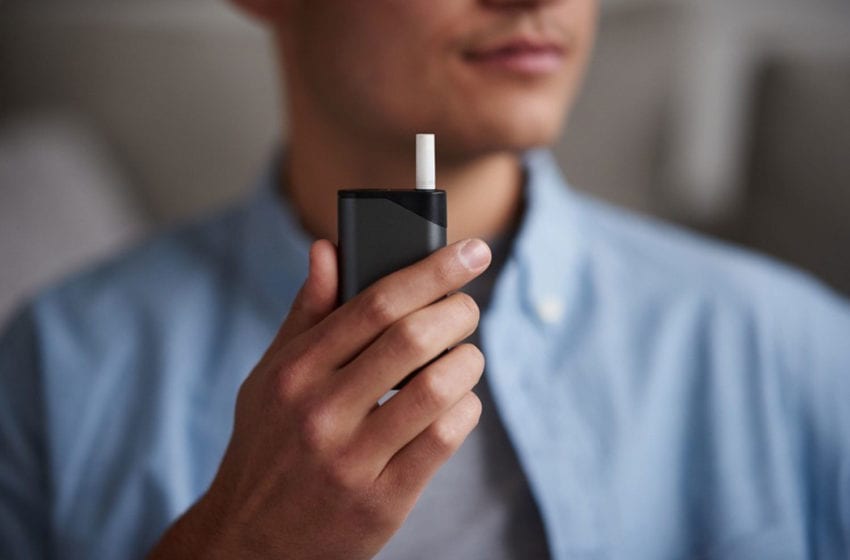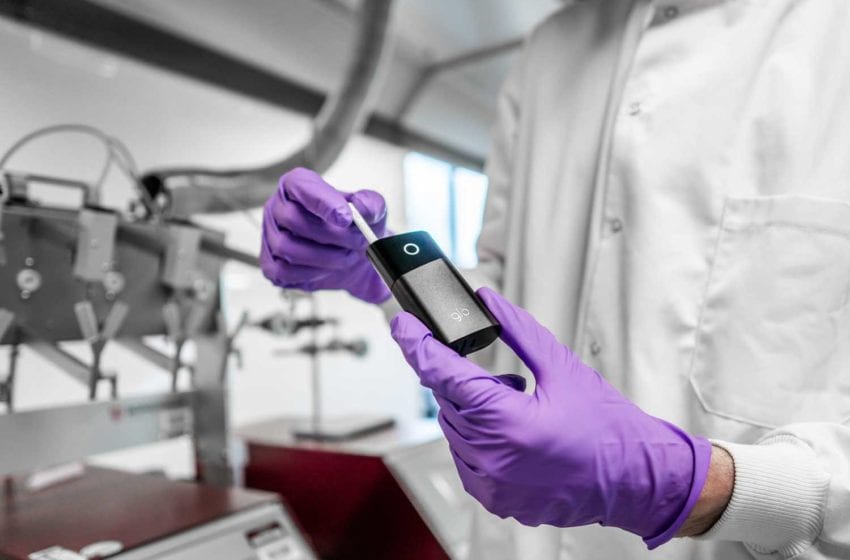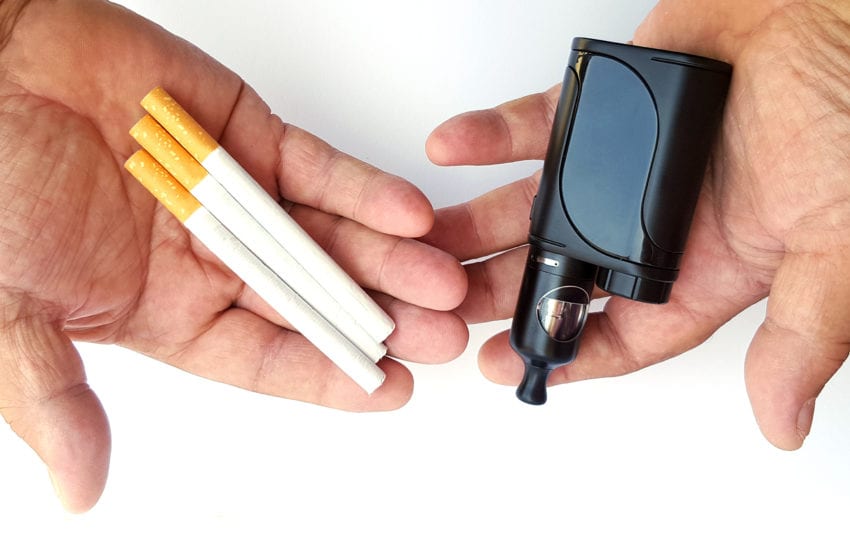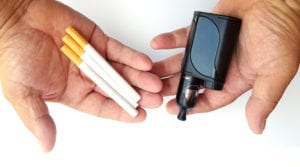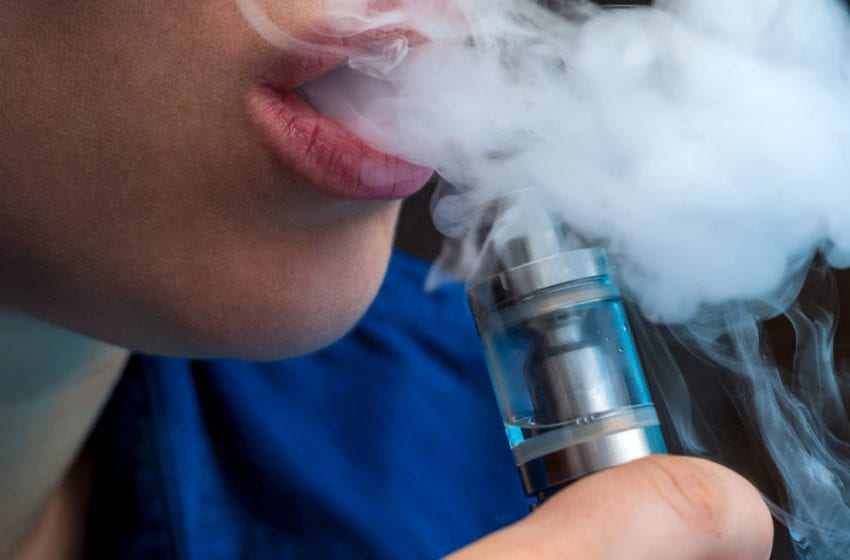
E-cigarettes and other vapor products contain thousands of unknown chemicals and substances not disclosed by manufacturers, according to a study published on Oct. 6 by Chemical Research in Toxicology.
The authors noted that the aerosols produced by vapor products contain more than 2,000 chemicals, the vast majority of which are unidentified. The researchers, who are from Johns Hopkins University, reported that the findings suggest people who vape are using a product whose risks have yet to be fully determined and could be exposing themselves to chemicals with adverse health effects.
The researchers used a chemical fingerprinting technique based on liquid chromatography and high-resolution mass spectrometry, which can identify organic compounds in wastewater, food and blood. The team evaluated four popular products: Mi-Salt, Vuse, Juul and Blu, testing only tobacco-flavored products.
The examined e-liquids contained hydrocarbon-like compounds, typically associated with combustion, which manufacturers claim are not produced during vaping. “More and more young people are using these e-cigarettes, and they need to know what they’re being exposed to,” study co-author Carsten Prasse was quoted as saying by Johns Hopkins Magazine. “E-cigarette aerosols contain other completely uncharacterized chemicals that might have health risks that we don’t yet know about. People just need to know that they’re inhaling a very complex mixture of chemicals when they vape. And for a lot of these compounds, we have no idea what they actually are.”




